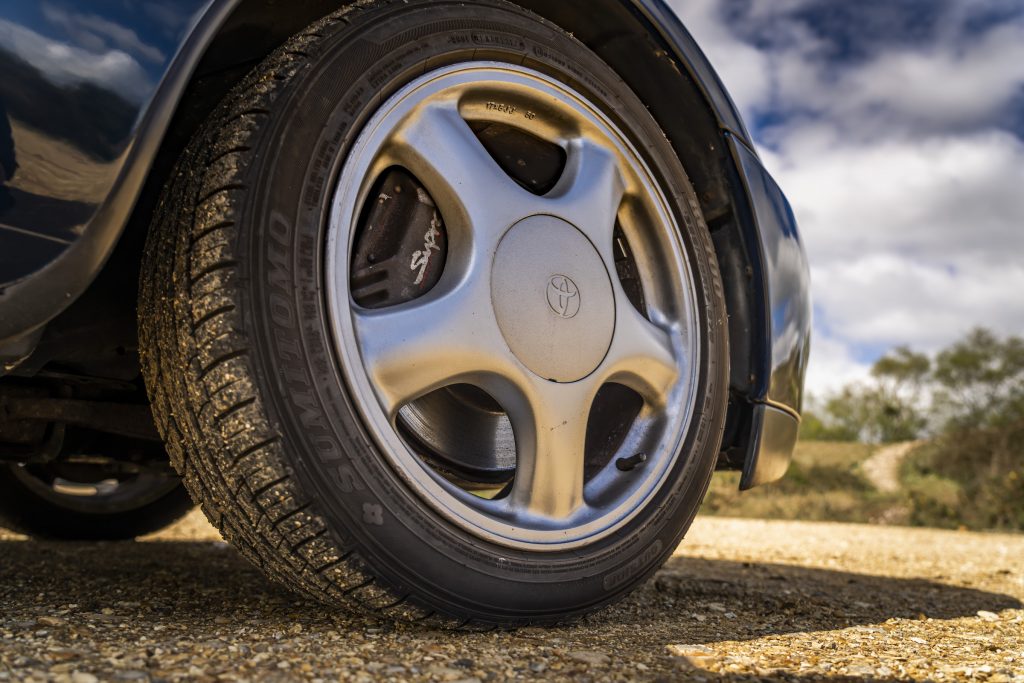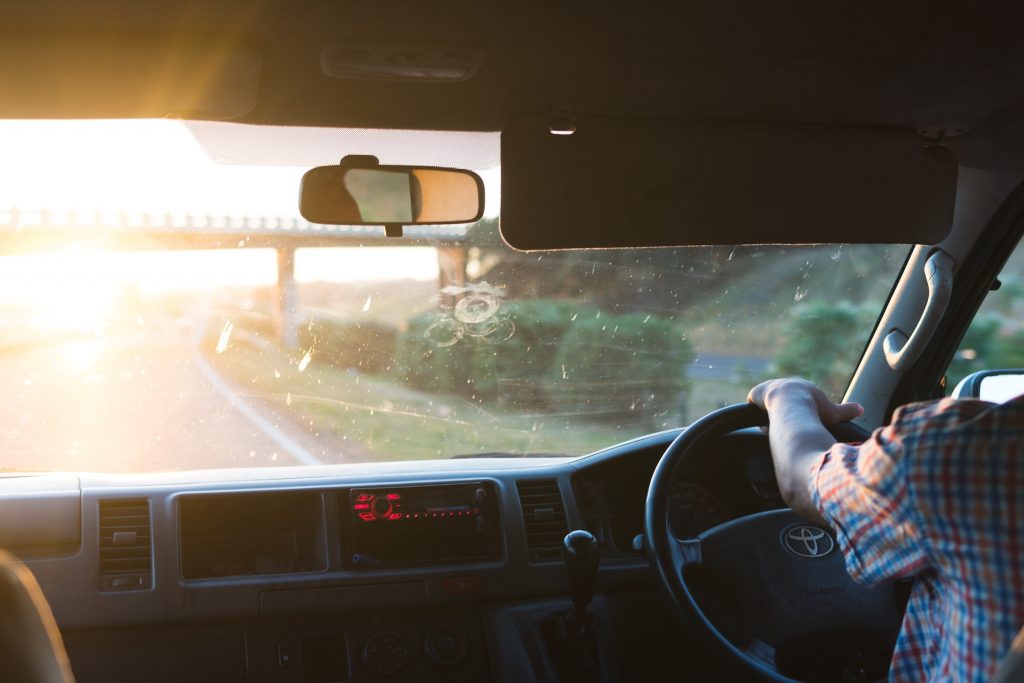Judging by the queues at the Eurotunnel last week, many thousands of car enthusiasts packed their bags, checked their oil level, spent a not insignificant sum on all the clobber we’re expected to travel with in France now, and headed for Circuit de la Sarthe, better known as Le Mans.
I was one of them. It was a great event, and the roads make a mockery of the UK’s infrastructure. However, the last time I went I didn’t wash my car for several weeks, wearing the splattered bugs, brake grime and dust-covered GB sticker like a badge of honour. Big mistake…

Getting rid of that lot after it had been baked on and air-dried was hard work, and it did no good for my car’s paintwork and wheels. So here’s what you should do when cleaning a car after a roadtrip, and why it pays to act fast.
Wash the wheels

Brake dust doesn’t do wheels any good. Whether alloy or steel, left unchecked the iron and carbon micro deposits that are thrown off as the brake pads press against the disc or drum settle on the surface of the wheel and have a corrosive effect, eating away at the lacquer that protects the surface of the wheel, or the paint in the case of steel wheels. The longer you leave that fallout in place, the longer it has to attack the wheel and spoil its appearance. So get washing.
Do this before you wash the rest of the car. That way, you won’t run the risk of splashing the muck onto clean paintwork. Also, set aside a separate microfibre mitt for this job – don’t be tempted to give it a rinse then use it for the bodywork. And you may need specialist brushes.
Wet the wheel, use a dedicated wheel cleaning product or car shampoo, then rinse. Richard Tipper of Perfection Valet, our resident detailing columnist, recommends starting at the bottom of the wheel and then working your way up. Rinse the mitt and the wheel regularly, and remember, for the best look, dry the wheels at the end of the car-washing process.
Wash the car

Get rid of squished bugs as soon as you can, because the acid and gunk can stain clearcoat. And just because your car may have paint protective film applied, don’t think that will withstand bugs any better, warns Richard Tipper. In fact, it’s even more susceptible to staining than clear coat, because it’s designed to be soft to absorb flying stones and grit.
First things first, if you’re using a sponge, you’re doing it wrong. Tipper says a car should be washed using a microfibre or lambswool mitt. Why? Sponges tend to drag the dirt over the paint, as they have quite a hard surface, relatively speaking, compared to a mitt. This means they press dirt against the surface and you apply pressure to the sponge. A wash mitt not only forms the shape of the contours of a car but also, and most importantly, has a deep piled surface which allows dirt to sink into it.
Working in a shaded area, pressure wash or hose down the car first, working your way bottom to top. This may seem counter intuitive but it can help prevent the worst muck that gathers on the sills from ending up sprayed onto other, higher parts of the body.
Have one bucket with warm water for rinsing the mitt, another filled with warm water mixed with car shampoo. Give the bugs on the front a good soaking with soapy water first, then work your way around the rest of the car, before returning to the bugs. Hopefully that will help loosen them. Then rinse the car from top to bottom.
If the bugs won’t budge
If a straightforward wash won’t budge the bugs, try soaking microfibre towels and laying them, wet, over the affected areas for an hour or more. This can help loosen more stubborn stains than have been left on for a long period of time. Alternatively, try a dedicated bug-shifting product, or polish and then wax the affected area. Detailers like Tipper suggest travelling with mixed car shampoo and water in a spray gun, or you can buy quick-detailing products, so bug stains can quickly be tackled during a roadtrip.
Clean the glass

Good news! There’s a simple way to clean glass, says Tipper, and it doesn’t involve any costly products. Take one bucket of water, wet a microfibre towel, then wring it out, wipe down the glass then use a second, dry microfibre towel to dry. Simple.
Dedicated glass cleaners are still useful though. A mist over the glass and a wipe with a clean microfibre will leave a clean, streak-free finish. Isopropyl alcohol-based cleaners are also great at removing sticker residue (such as that UK sticker you’ll have applied for your travels), and getting rid of any greasy fingerprints.
Wipe down the interior
As with glass, a slightly damp microfibre towel and another, dry towel will cover most bases when wiping down an interior that’s filled with campsite or carpark dust, and it will save you having to invest in bespoke plastic cleaner. And if you haven’t worked out what the smell is since returning from Le Mans, it will be the camembert that you left in the boot…
Read more
Browse our complete archive of Tipper’s Tips! Click here for more helpful hints
Preparing for your next big road trip
There’s no such thing as fast fibre when painting a fibreglass car









